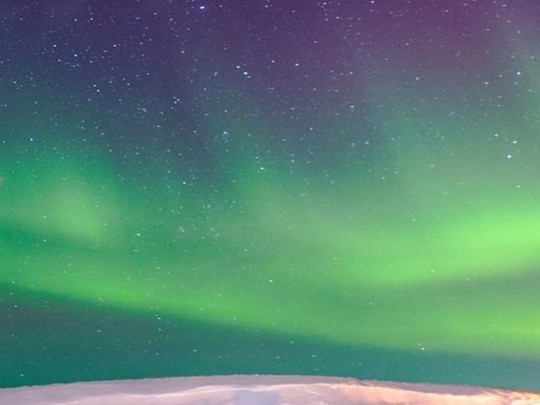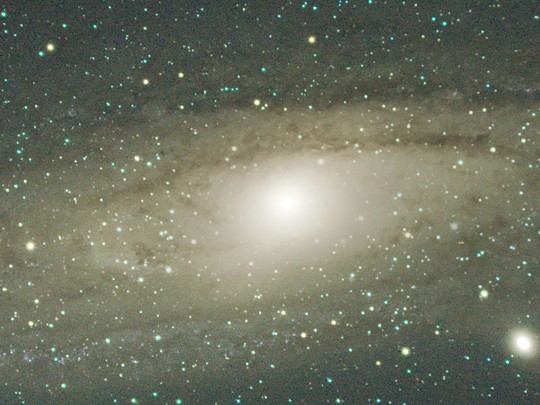Saturn's Rings: A Cosmic Masterpiece Unveiling the Secrets of Our Solar System

Saturn, the sixth planet from the Sun, reigns supreme as one of the most visually stunning wonders in our solar system. While its swirling atmosphere and numerous moons are captivating, it's the planet's magnificent rings that truly steal the show. These breathtaking rings, a dazzling display of countless icy particles ranging from dust grains to massive boulders, create an unforgettable spectacle.
The Composition and Origins of Saturn's Rings: Imagine a celestial ballet of ice and rock, spanning hundreds of thousands of kilometers but often only a few meters thick. That's the reality of Saturn's rings. Scientists believe these rings are surprisingly young, likely formed within the last few hundred million years, a mere blink of an eye in cosmic time. The leading theories suggest they originated from the shattered remnants of a moon, a comet, or even a smaller protoplanet that strayed too close to Saturn's gravitational pull. The impact would have pulverized the object, scattering debris into the vast, icy halo that we observe today.
A Dynamic and Complex Structure: Saturn's rings aren't a uniform band of ice; they're a complex and intricate system of rings, gaps, and divisions. The most prominent rings—A, B, and C—are easily visible through telescopes. However, closer examination reveals a multitude of smaller rings and gaps within these larger structures. These features aren't random; they are sculpted by the gravitational influence of Saturn’s many moons. Shepherd moons, small satellites orbiting within or near the rings, play a crucial role in maintaining the ring structure, creating sharp edges and clearing gaps.
Gravitational Dance: Shepherd Moons and Ring Divisions: The Cassini spacecraft, which orbited Saturn for over a decade, provided unprecedented close-up views of the rings and their intricate dynamics. Cassini's data revealed how these shepherd moons gravitationally “herd” the ring particles, confining them to narrow bands and creating striking gaps, like the Encke Gap within the A ring. Larger moons, like Mimas, also exert a gravitational influence, creating spiral density waves within the rings – patterns that resemble ripples in a pond.
Unlocking the Secrets of Planetary Formation: Studying Saturn’s rings isn't just about admiring their beauty; it's about gaining valuable insights into the formation and evolution of planetary systems. The rings offer a glimpse into the early stages of planet formation, when dust and gas coalesced to form planets and moons. The ongoing processes within the rings – the collisions, the gravitational interactions, the constant reshaping – provide a living laboratory for understanding these fundamental processes. By analyzing the composition and dynamics of the rings, scientists hope to unravel the mysteries of how our own solar system came to be.
A Continuing Source of Wonder: Saturn's rings remain a source of endless fascination and a testament to the majesty of the universe. As technology advances, we can expect even more detailed observations and a deeper understanding of these stunning celestial structures, revealing even more secrets about our solar system and the cosmos beyond.






